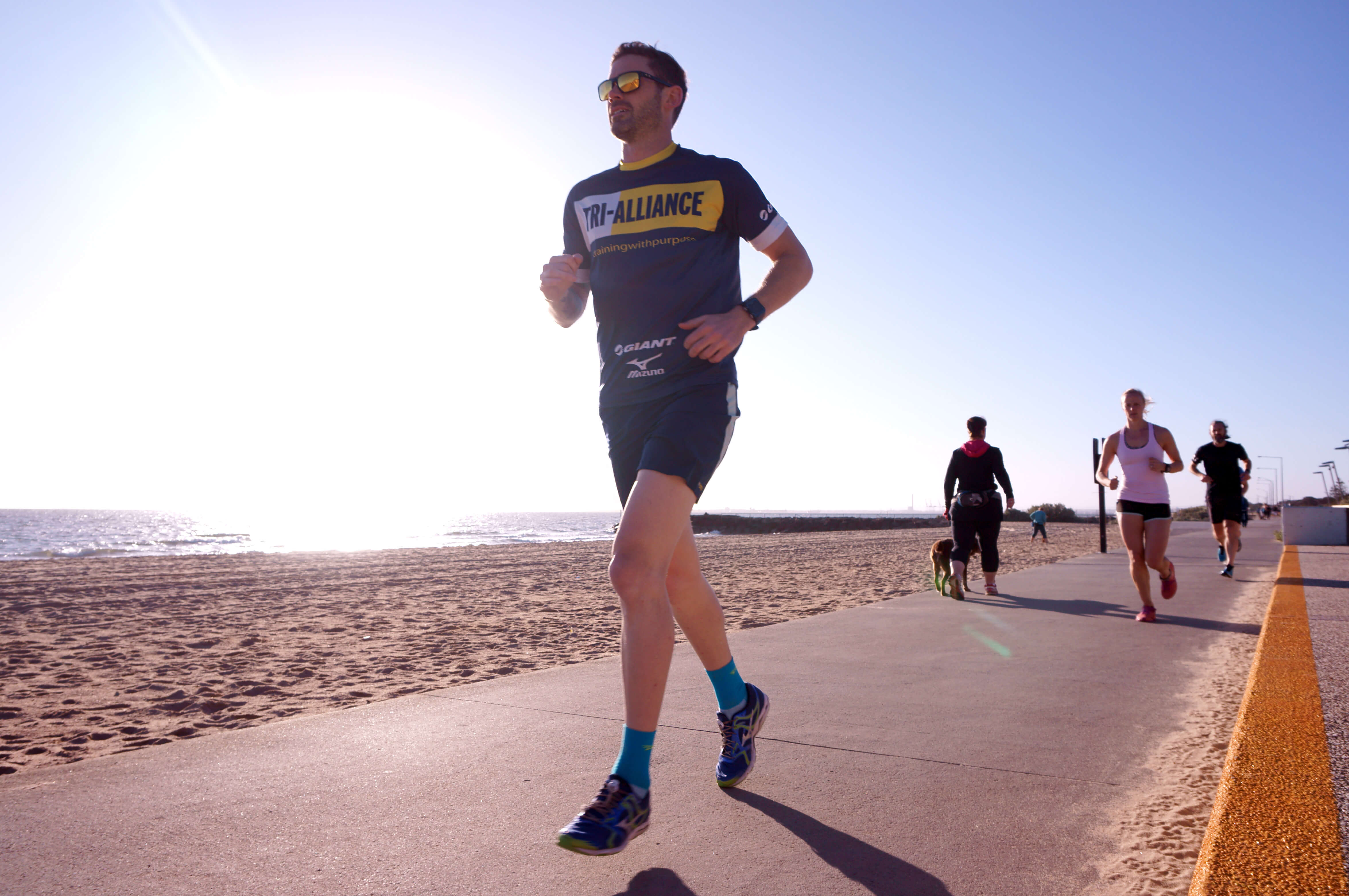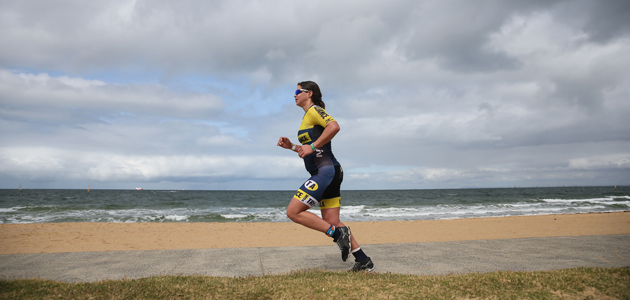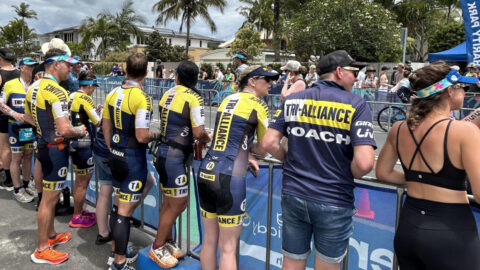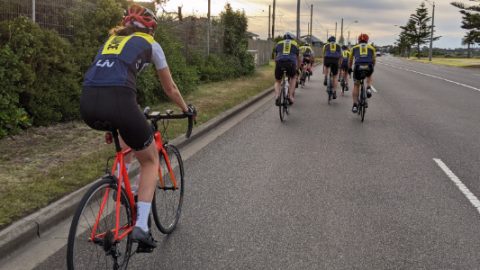Running form is one of those topics most triathletes have heard a thousand times – yet it’s surprising how many of us coast on autopilot once the kilometers start adding up. Whether you’re a veteran logging your umpteenth race or a relative newcomer boosting your run game, a mid-season technique check can deliver massive returns in both speed and injury prevention.
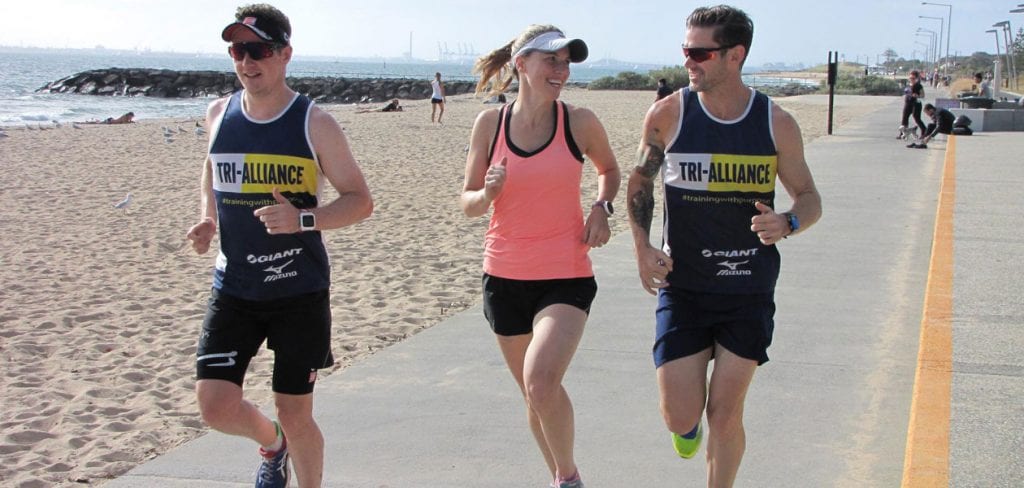
Posture Under Pressure
Think of posture as your foundation. When fatigue sets in, even the fittest runner can end up with hunched shoulders, a downward gaze, and a torso that’s practically folded in half. To counter this, focus on running “tall.” Keep your chest open, shoulders relaxed, and eyes looking forward. Imagine a string gently pulling you up from the crown of your head. This posture not only boosts oxygen intake but also aligns your body for better stride efficiency.
Cadence Counts
Cadence (the number of steps you take per minute) is another piece of the puzzle. A low cadence often results in overstriding, which can amplify impact forces on your joints. Many athletes aim for around 170–180 steps per minute, but there’s no single magic number. Start by measuring your current cadence (use a watch or count your steps for 30 seconds and double it). From there, try increasing by 5% at a time until you find a rhythm that feels smooth and controlled. A quicker turnover helps you land under your center of gravity, reducing stress on your knees and hips.
Drills: Old-School but Effective
High knees, butt kicks, and strides might feel like high school aths warm-ups, but they work wonders for neuromuscular coordination. These drills reinforce proper form, teaching your legs to cycle through efficiently. Slot them into your routine at least twice a week—ideally before a more demanding session, like tempo runs or intervals. Even a quick five-minute drill set primes your muscles for better posture and alignment.
